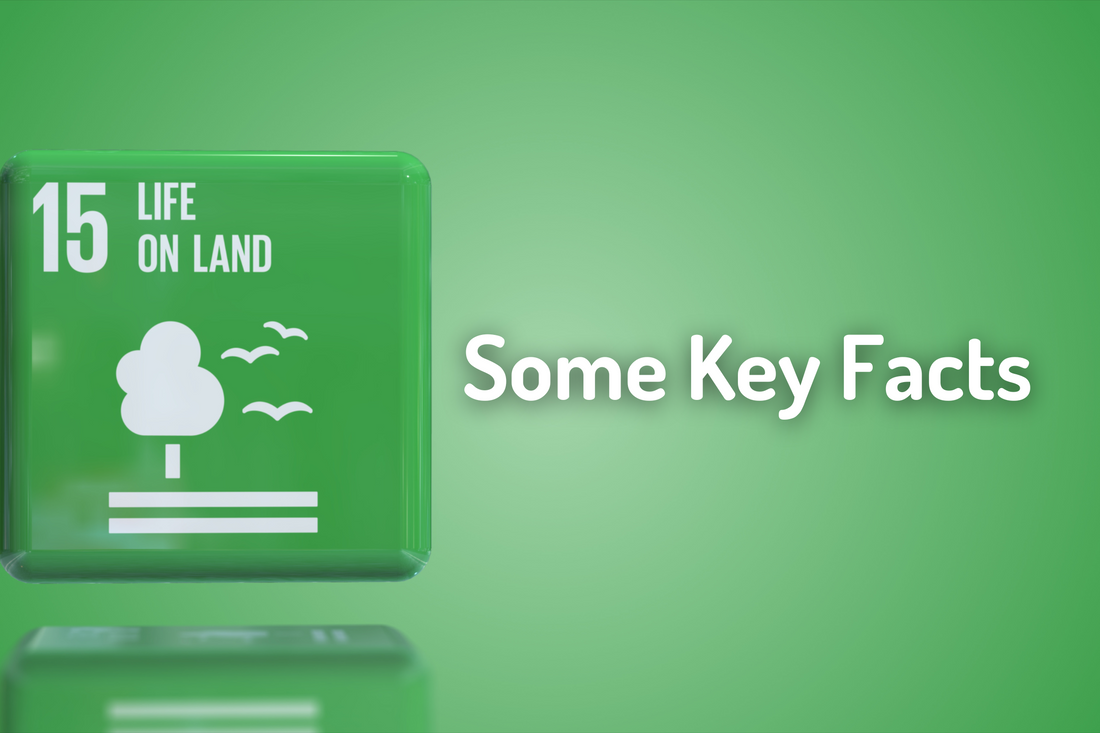10 Facts that Matter
196
196 Countries Signed: The number of countries that have signed on to the 30x30 target, aiming to protect 30% of land and oceans by 2030. (Source: CBD Decision 15/4)
50
50% Reduction: The estimated reduction in biodiversity loss achievable by effectively implementing the 30x30 target. (Source: IPBES Global Assessment Report)
10
$10 Trillion: The estimated annual economic value of ecosystem services that could be lost without adequate land protection. (Source: Dasgupta Review)
37
37% Carbon: The percentage of global carbon emissions that could be mitigated through natural climate solutions, including land protection. (Source: Griscom et al., PNAS)
80
80% Biodiversity: The estimated percentage of terrestrial biodiversity found within forests, highlighting their importance for protection. (Source: FAO Global Forest Resources Assessment)
1.6
1.6 Billion People: The number of people globally who rely on forests for their livelihoods. (Source: UNFF Global Forest Goals Report)
75
75% Crops: The percentage of global food crops that rely on animal pollination, emphasizing the need for pollinator habitat protection. (Source: IPBES Pollinators Assessment)
68
68% Wildlife: The average decline in global wildlife populations since 1970, highlighting the urgency of land protection. (Source: WWF Living Planet Report)
200
200 Million Hectares: The amount of degraded land globally that could be restored through reforestation and sustainable land management. (Source: UNCCD Global Land Outlook)
25
25% Increase: The potential increase in agricultural yields through the use of agroecological practices, which support biodiversity and soil health. (Source: HLPE Report 14)
Bibliography
- CBD. (2022). Kunming-Montreal Global Biodiversity Framework. Decision 15/4. Convention on Biological Diversity.
- IPBES. (2019). Global assessment report on biodiversity and ecosystem services. IPBES Secretariat.
- Dasgupta, P. (2021). The Economics of Biodiversity: The Dasgupta Review. HM Treasury.
- Griscom, B. W., et al. (2017). Natural climate solutions. Proceedings of the National Academy of Sciences, 114(44), 11645-11650.
- FAO. (2020). Global Forest Resources Assessment 2020: Main report. Food and Agriculture Organization of the United Nations.
- UNFF. (2021). Global Forest Goals Report 2021. United Nations Forum on Forests.
- IPBES. (2016). The assessment report of the Intergovernmental Science-Policy Platform on Biodiversity and Ecosystem Services on pollinators, pollination and food production. IPBES Secretariat.
- WWF. (2020). Living Planet Report 2020: Bending the curve of biodiversity loss. World Wildlife Fund.
- UNCCD. (2022). Global Land Outlook 2nd Edition. United Nations Convention to Combat Desertification.
- HLPE. (2019). Agroecological and other innovative approaches for sustainable agriculture and food systems that enhance food security and nutrition. High Level Panel of Experts on Food Security and Nutrition Report 14.



















